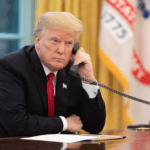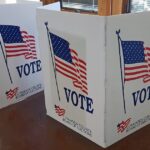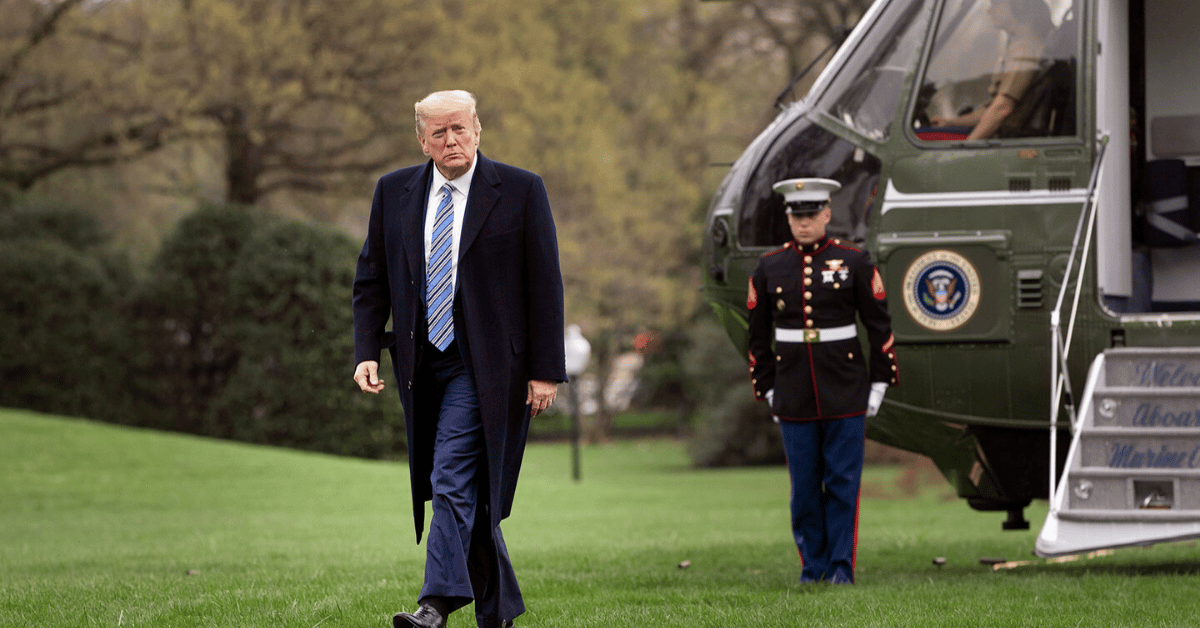
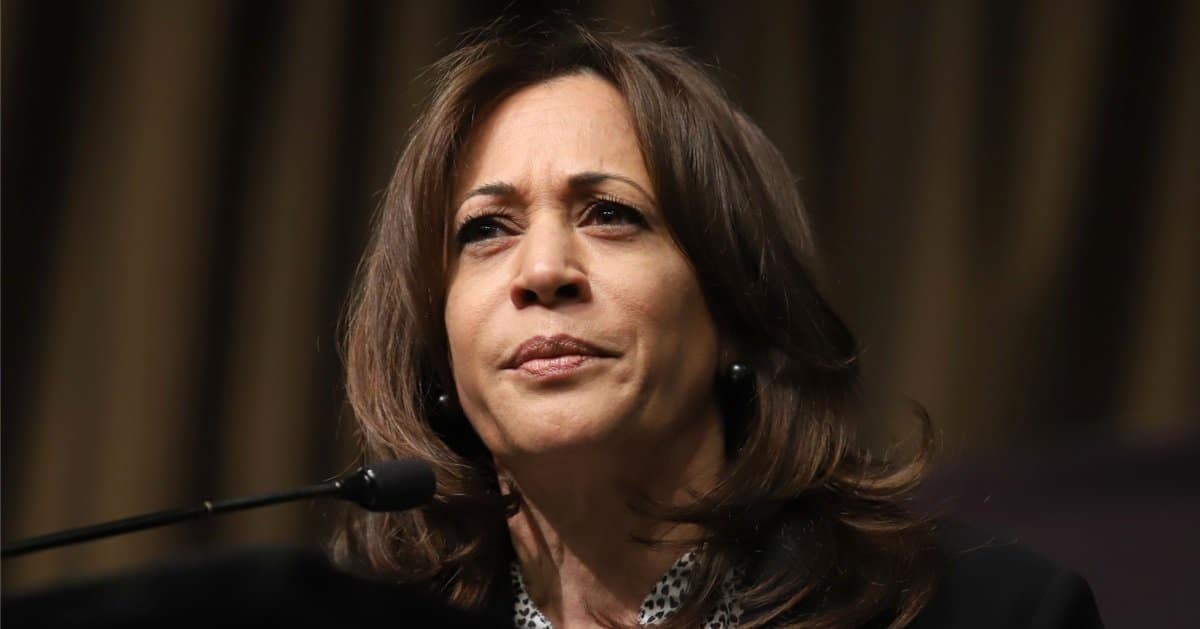
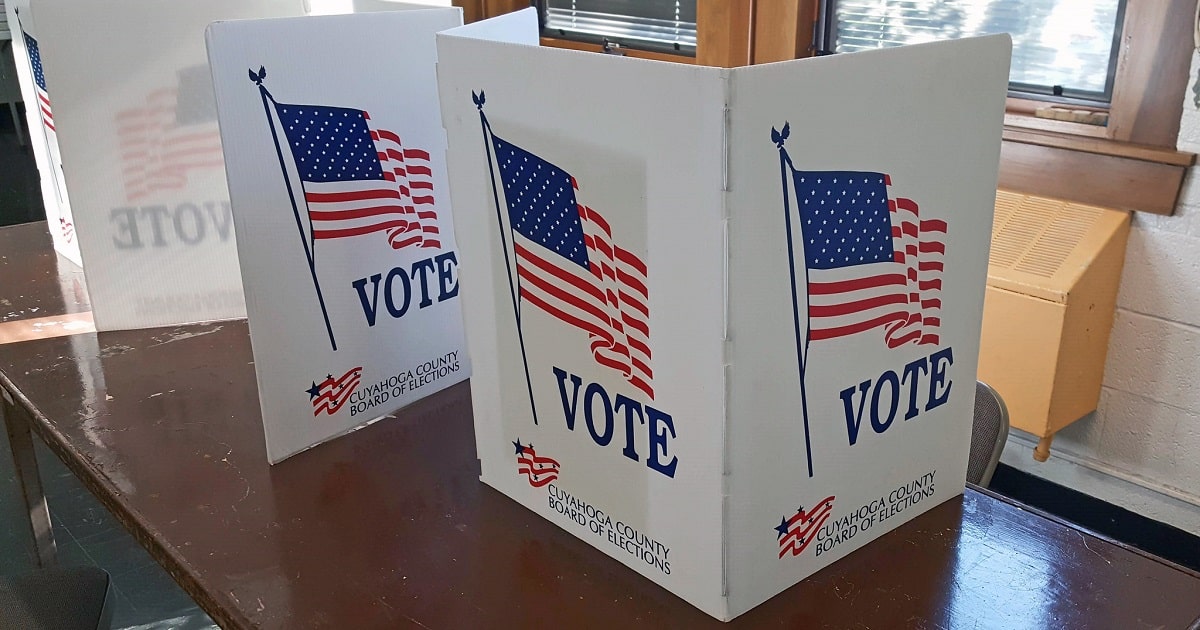
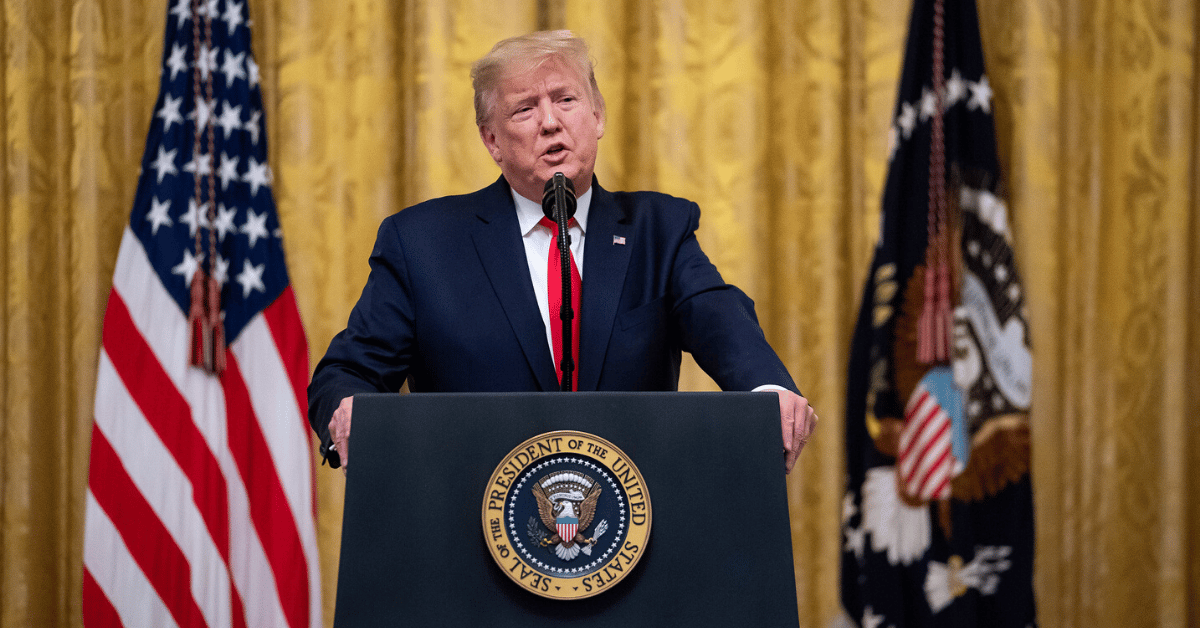
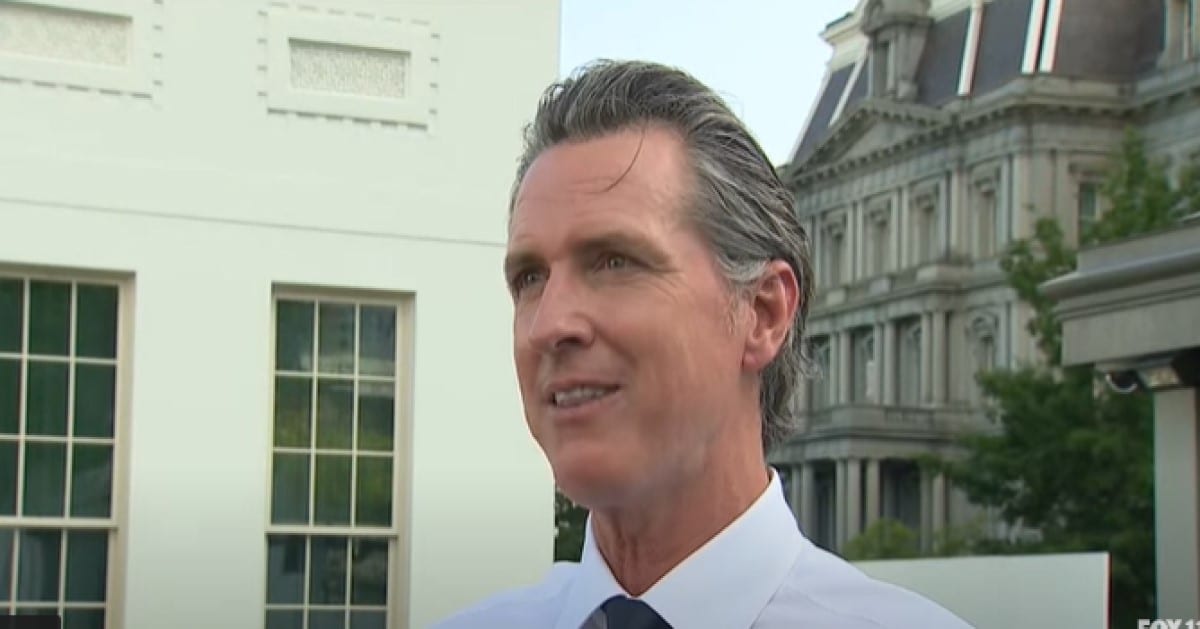
President Trump has unleashed a digital storm, turning the government shutdown into a meme-fueled battleground against Democratic leaders.
The New York Post reported that over the first three days of the shutdown, Trump and his team have crafted a series of satirical social media posts targeting House Minority Leader Hakeem Jeffries (D-N.Y.) and Senate Minority Leader Chuck Schumer (D-N.Y.), while emphasizing policy disputes over healthcare subsidies and immigration provisions.
On Monday night, the campaign kicked off with a Truth Social post featuring Jeffries in a sombrero and mustache, paired with Schumer in a clip from the White House driveway.
The video included dubbed audio mimicking Schumer, sarcastically suggesting Democrats could win votes by offering free healthcare to unauthorized migrants. It’s a sharp jab at progressive policy priorities, though it risks overshadowing the real debate with humor.
Tuesday night, just before the shutdown hit at midnight on Wednesday, Trump shared another video from a pro-Trump meme creator, showcasing Jeffries’ complaints set to a mariachi band of Trump lookalikes.
The White House press office even looped this clip on briefing room TVs for two days, ensuring the mockery wasn’t a one-off. If nothing else, it’s a masterclass in making sure your message sticks.
By Thursday night, the meme war escalated with a video of Trump playing cowbell to a classic rock hit, while budget director Russ Vought was portrayed as the Grim Reaper, scythe in hand, hunting for budget cuts.
It’s a not-so-subtle nod to Vought’s real-world pause of $2.1 billion in Chicago metro funding over concerns about diversity initiatives. The imagery is bold, though some might argue it distracts from serious fiscal discussions.
The shutdown itself hinges on Democrats pushing to extend enhanced Obamacare subsidies set to expire soon, while Trump’s memes highlight his opposition to their additional proposals, like restoring federal hospital reimbursements for unauthorized migrants.
It’s a classic policy clash, but the social media spin turns it into a cultural cage match. One wonders if the average American is laughing or just tuning out.
Driving this unconventional approach is Trump himself, alongside deputy chief of staff Dan Scavino, deputy communications director Kaelan Dorr, and the White House digital team. Sources describe a collaborative environment where ideas are constantly workshopped, with Trump often sparking the most audacious concepts.
“We’re unburdened by traditional norms of what’s ‘acceptable’ in politics,” a White House official told The Post. Well, that’s one way to put it—ditching decorum for directness might resonate with frustrated voters, but it also risks alienating those who still value a bit of statesmanship.
Jeffries didn’t take kindly to the sombrero depiction, calling it “bigotry” and slamming the video as “disgusting” during an MSNBC interview. His outrage only amplified the clip’s reach, proving that sometimes, reacting is the worst strategy. It’s a lesson in how today’s outrage cycle can backfire.
Vice President JD Vance and House Speaker Mike Johnson (R-La.) faced questions about the videos in press briefings, showing the memes have pierced the usual political bubble. It’s telling that Trump’s social media antics have largely replaced his typical media interactions. Is this the future of governance—tweets over town halls?
Critics might call it juvenile, but supporters argue it’s a brilliant way to cut through the noise of a cluttered news cycle. A source familiar with the strategy boasted that the White House is “absolutely dominating” in reaching Americans this way. Hyperbole aside, the engagement numbers likely back that up.
The memes aren’t just random jabs; they tie directly to policy grievances, like Democratic proposals for insurance subsidies for asylum seekers who crossed the border without authorization.
Trump’s team uses humor to frame these as out-of-touch ideas, though the risk is that the punchline overshadows the point. At its core, this meme war is about more than laughs—it’s a deliberate tactic to shape public perception during a high-stakes shutdown.
The White House sees social media as the ultimate megaphone, giving supporters content to share and amplify. It’s politics as entertainment, for better or worse.
Yet, there’s a lingering question of whether this approach trivializes real issues facing Americans, from healthcare costs to budget constraints. While the memes land punches on Democratic leaders, they might also dilute the urgency of finding common ground. A clever video won’t pay the bills for furloughed workers.

